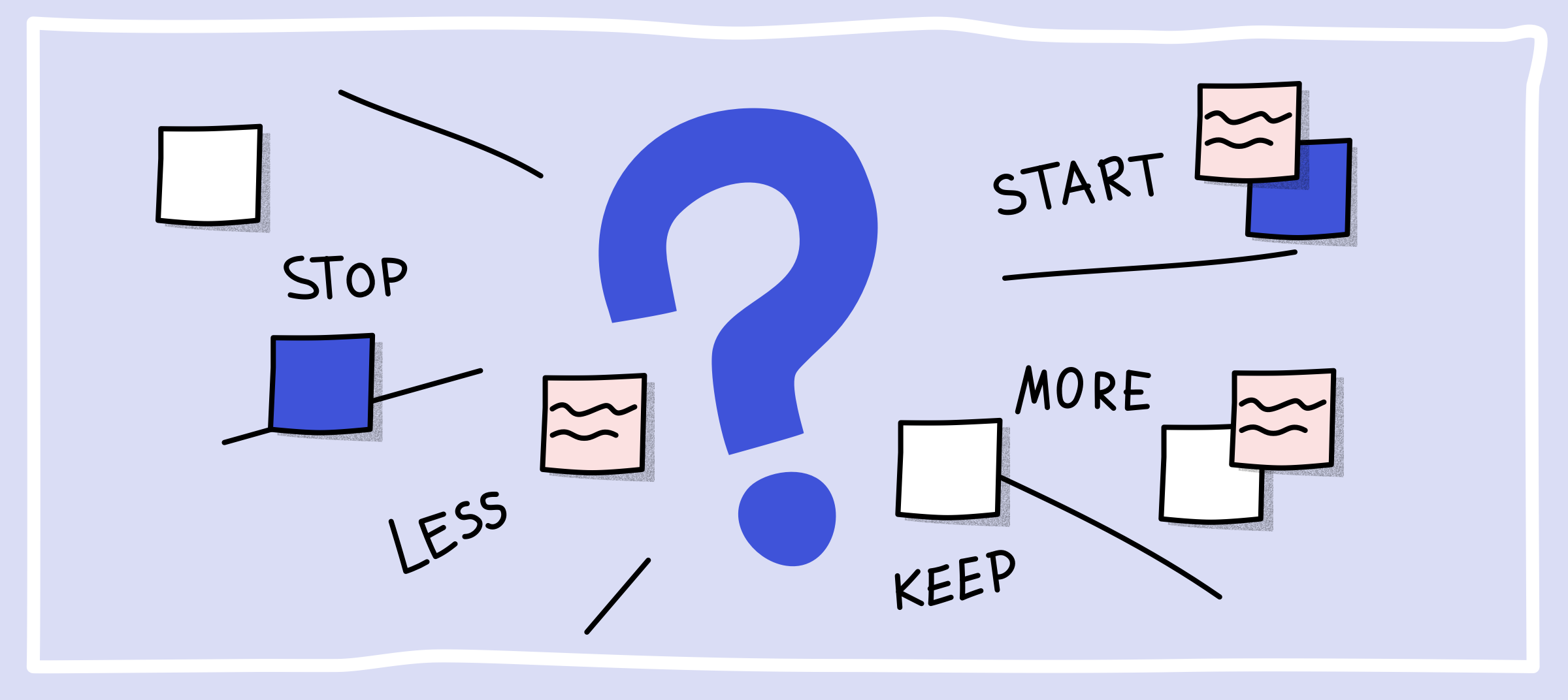Why Every Scrum Team Needs a Sprint Retrospective Process
Scrum is a popular Agile methodology that provides teams with a flexible framework to plan, track, and deliver work in an iterative manner. One of the key components of Scrum is the Sprint Retrospective, a meeting where team members reflect on the past Sprint and identify ways to improve in the future.
Here are some reasons why every Scrum team needs a Sprint Retrospective process:

- Encourages Continuous Improvement: The Sprint Retrospective is an opportunity for the team to reflect on their work and identify areas for improvement. This helps foster a culture of continuous improvement, where teams are constantly looking for ways to improve their processes and workflows.
- Promotes Collaboration: The retrospective is a time for team members to come together and share their experiences and insights. This encourages collaboration and helps build trust among team members.
- Increases Transparency: During the retrospective, team members discuss what went well and what didn't, providing a transparent view of the team's performance. This helps identify issues that may not have been obvious and encourages team members to take ownership of their work.
- Builds a Culture of Trust: By encouraging open and honest discussion, the retrospective helps build trust among team members. This creates a positive work environment and encourages team members to work together more effectively.
- Increases Engagement: The retrospective is a chance for team members to actively participate and provide feedback on their work. This increases engagement and helps ensure that everyone feels valued and heard.
In conclusion, the Sprint Retrospective is a crucial component of the Scrum framework that provides teams with a structured way to reflect on their work, identify areas for improvement, and build a culture of continuous improvement. By incorporating this process into their work, teams can work more effectively, increase engagement, and build a culture of trust.
